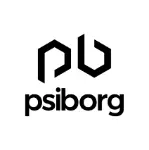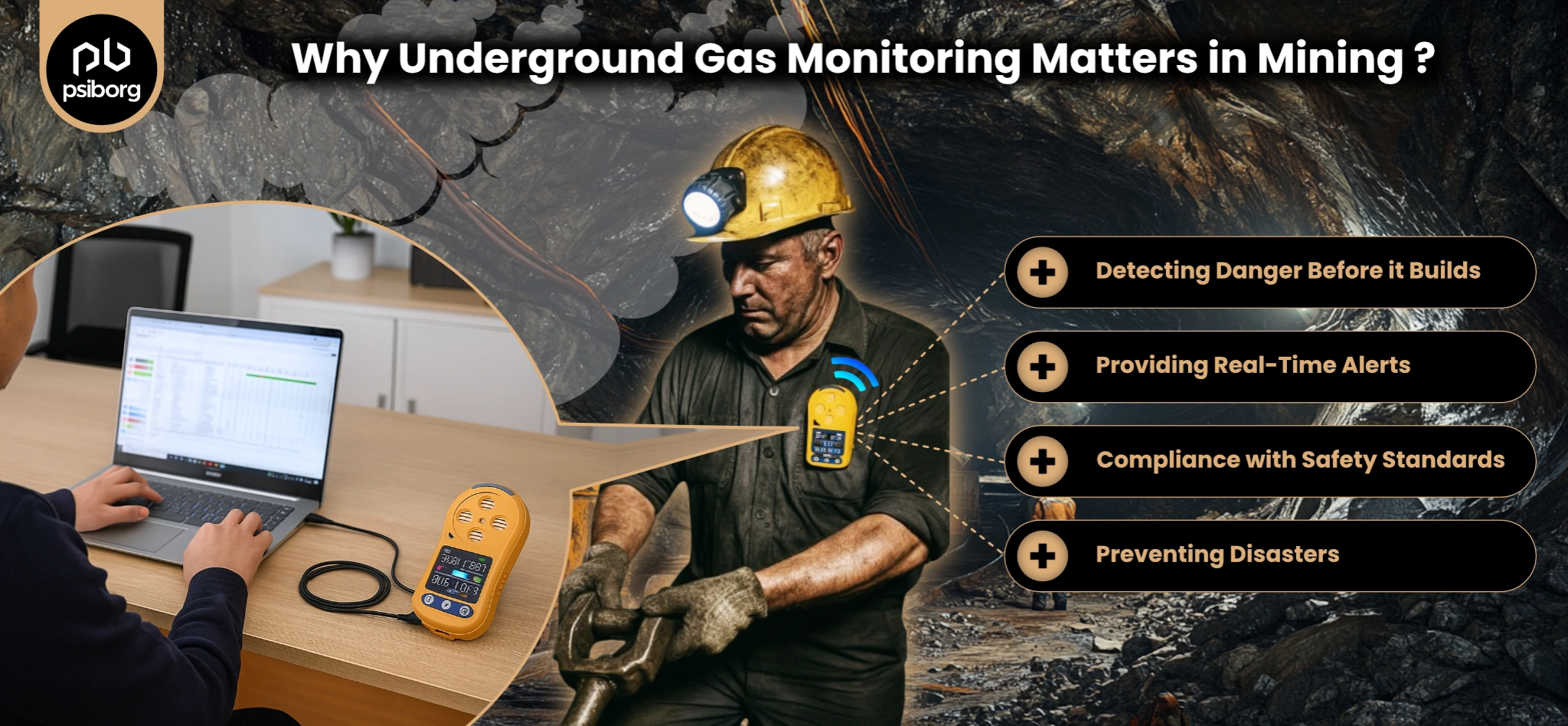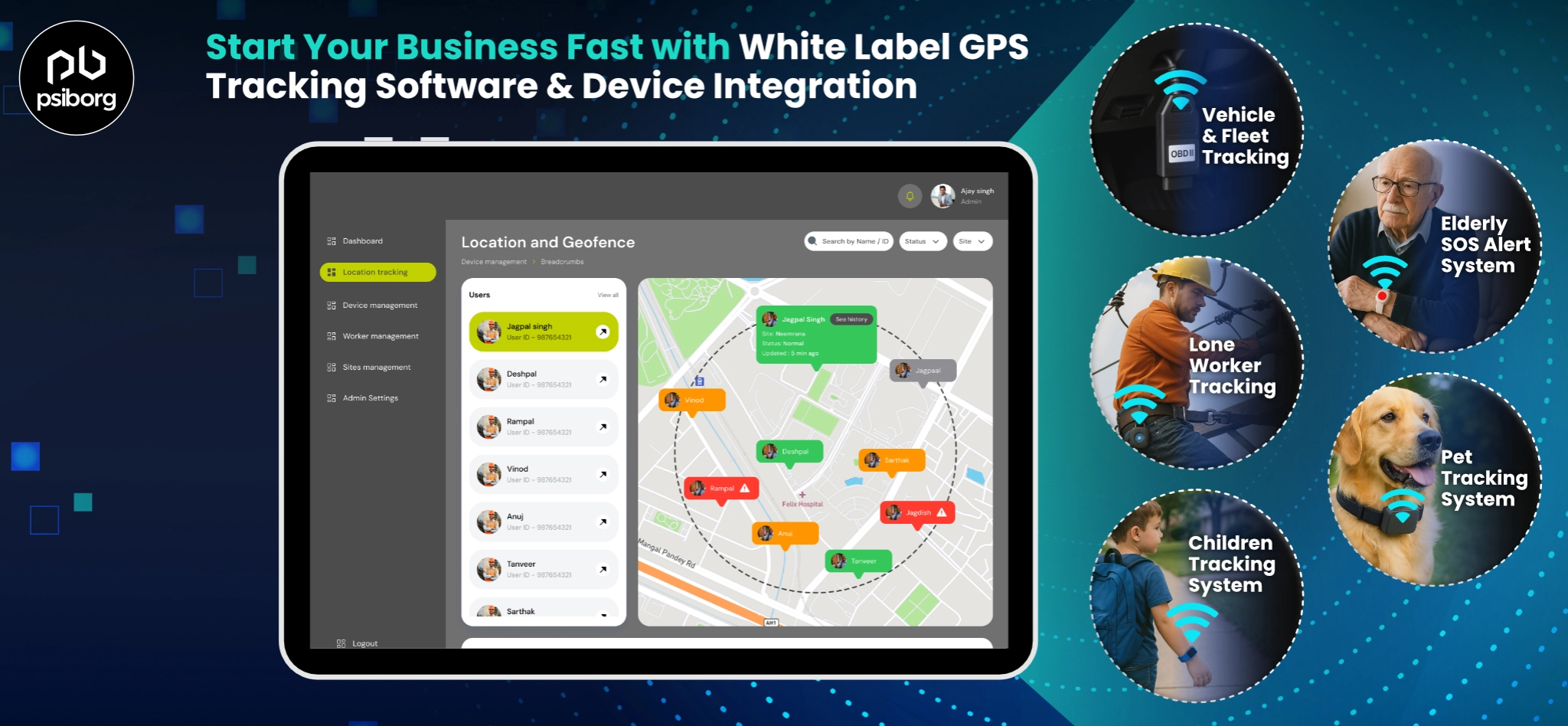With the global sports industry growing at a rapid speed, sports enthusiasts across the world are now seeing the capabilities of IoT in the sports and fitness sector. The industry has expanded its horizon and has reached into the field of entertainment.
With IoT-enabled technology, sportsmen can find their endurance levels and the fans can experience excitement like never before.
The adoption of cutting-edge sensors and IoT technology is driving the segment to an entirely new level. The Internet of Things technology has brought about a sea change in the way sports are played and watched. It has also revolutionized the fitness industry with path-breaking ideas and innovations for sports and fitness.
HOW IOT IS CAUSING A PARADIGM CHANGE IN THE SPORTS AND FITNESS INDUSTRY?
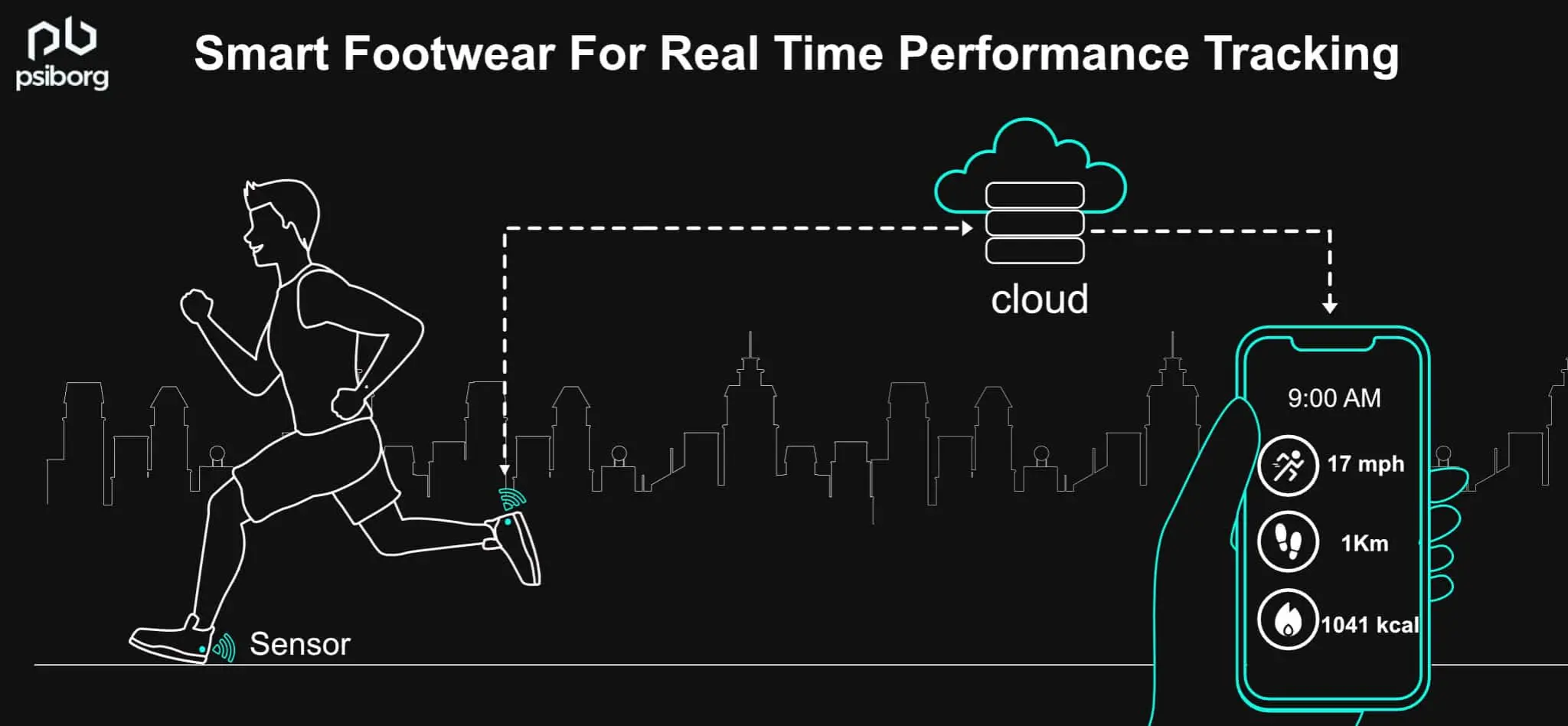
IoT technology has brought about an immense change in sports. Sports have become more exciting for sportsmen as well as the audience with the influx of IoT technology. IoT in sports makes use of smart sensors to establish a seamless connection between sports players, fans or audiences, and sports venues.
With a number of benefits and applications, IoT is set to make sports more interesting and entertaining than before. The advent of smart wearable devices and clothing sensors is useful for the performance monitoring of players. The smart sensors are also embedded in sports equipment such as bats, rackets, balls, etc. The coaches and trainers can study and make insightful analyses of the data received through these devices. Thus, guide players in improving their performance, getting rid of all flaws and shortcomings in the future. These devices can also be deployed for fitness tracking for team members.
The IoT sensors also provide useful data related to crucial health information such as level of hydration, anxiety, heat exhaustion, etc. This data is immensely useful in achieving good mental and physical health and ensuring the safety of sportspeople. The advent of IoT technology has fundamentally altered the concept of “sports entertainment” and brought it closer to reality. With IoT-based applications, notifications that are created on the basis of real-time analytics are sent. Fans are treated to a more memorable experience as they receive insights regarding the performance of their favourite players.
The benefits of the technology are not just limited to people, as they extend even to sports venues, turning them into smart buildings. The smart sensors embedded in the stadium help provide better services to the audience. With smart sensors embedded in them, these venues are able to provide better services to the audience. They can track audience activity, monitor ground security, and provide better energy management for an enhanced experience.
The Internet of Things is ushering in an era of endless possibilities for sportsmen and the audience, with many benefits. Here are some of the major applications of IoT in sports and fitness:
REAL-TIME PERFORMANCE TRACKING
IoT-based solutions have enabled real-time tracking and analysis of the performance of sportspeople and teams. This has helped with significant improvements in their performance.
Some examples of IoT-enabled real-time performance tracking are:
SMART APPAREL
As is clear by name, smart apparel is blazing on the trail of the next level of performance training. With connected coaching, clothes now have sensors that use real-time data to rectify biomechanics, boost fitness, improve training and recovery, and suggest the correct player form, techniques, and timing.
SMART FOOTWEAR
These are laden with sensors such as a gyroscope, an accelerometer, and pressure sensors. Smart shoes can help in analyzing running style, measuring physical strain, impact, and balance, and also making suggestions that are helpful in achieving training goals. Corrective action based on this insightful data not only helps improve performance but also prevents injury.
SMART SPORTS EQUIPMENT
The sensors are embedded in sports equipment such as rackets, bats, balls, and other physical training equipment so that the trainer can assess better with the help of insights generated from the data of these sensors.
OBJECT DETECTION AND TRACKING
Sports are equivalent to motion, people, and objects moving at different speeds and directions. Object detection and tracking can also be used along with embedded sensors.
A ball is the main centre of most sports, and ball detection is one of the most important aspects of smart sports. There are various methods of ball detection, and technologies like OpenCV are used for this. However, if we combine IoT results with ball detection through openCV (or other Tech) then we can get more precise results.
PLAYER SAFETY MANAGEMENT
IoT plays a key role in helping sports physicians, physical therapists, and team doctors reduce injuries and help players heal faster. The invention of embedded firmware devices like smart insoles and built-in chips has enabled real-time body tracking that provides a complete view of the athlete, allowing doctors and organizations to make the best decision for their long and healthy life.
The advent of a new technology called Motion Body Capture has helped bring a new age in body tracking for the optimization of sportspeoples’ performance and health. Motion Body capture basically involves a modified recording of total body motion in three dimensions. It is being made possible with IMU sensors, accelerometers, and gyro technology. Fitness coaches and trainers use a motion capture solution to get a three-dimensional view of the body from all perspectives and review joint angles. People who are in the performance field, such as biomechanists, seek this data to study how athletes move, while medical specialists want to see why athletes get hurt in the first place. The sports medicine field is interested in dysfunction prior, during, and after injury, and the performance space needs to learn what makes an athlete succeed.
The most common motion capture technique is gait analysis. While other movements are important in sports, nearly every land-based activity will include some sort of running motion, be it sprinting, jogging, or walking. Some clinics have spent an enormous amount of resources on reeducation programs for injured athletes, but most private facilities use motion capture analysis for brand or facility marketing rather than true intervention-based solutions.
AUDIENCE EXPERIENCE ENHANCEMENT
These days, IoT and sensor technology are being increasingly used to enhance the audience experience. For example, there are jerseys with which you experience haptic vibrations to feel the adrenaline rush of the game. Here is an example already here. The company Wearablex has already brought its product, “Jersey X.” More is expected. The company has also introduced an alert, wherein fans can feel what the player experiences during a game.
FITNESS TRAINING AND COACHING
IoT is revolutionizing the way coaches facilitate training, manage players, and address key situations in each game. Combining advanced analytics with sensors and game video, coaches can easily process vast amounts of data to obtain metrics on player efficiency, player performance, and opponent weaknesses to better develop an in-game strategy.
SOME EXAMPLES OF IOT IN THE SPORTS AND FITNESS INDUSTRY ARE
- GPS smartwatches to track and analyze sports activities such as running, swimming, weightlifting, jumping, etc.
- Wearable devices for personal health monitoring (heart rate, blood pressure, sleep, and more)
- It and sensor-enabled smart yoga and meditation vests with rich video content libraries
- IoT-enabled Remote Badminton trainer that analyzes your stroke speed, badminton, hand angle, racket speed, etc.
- Remote training for lawn tennis
- Golf stroke optimization using IoT-based sensor technology
CHALLENGES IN IOT FOR THE SPORTS AND FITNESS INDUSTRY
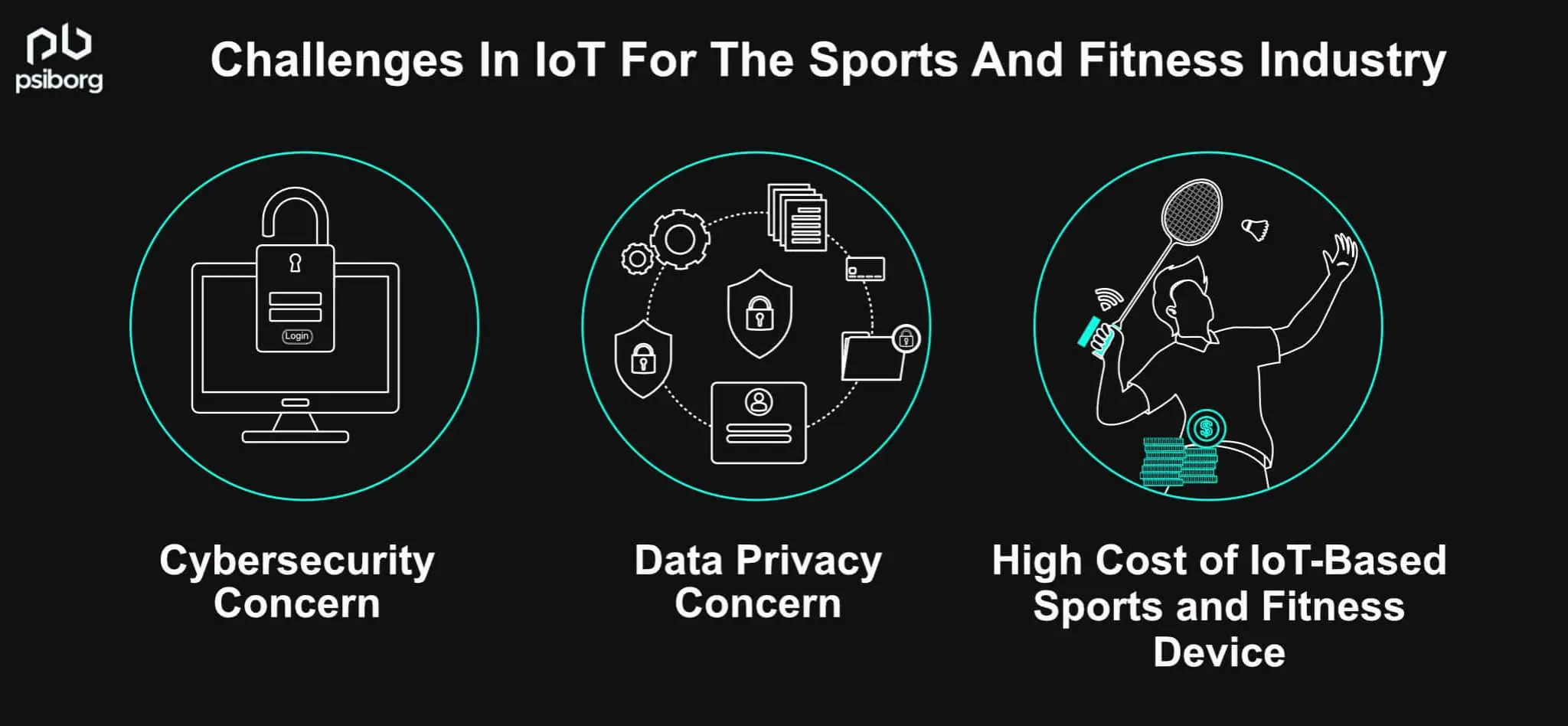
The main challenges for use of IoT in the Sports and fitness industry include:
CYBERSECURITY CONCERNS
In IoT and sports or IoT and gaming, regardless of the endless possibilities presented by this modern technology, it’s important to consider cyber security/safety when it comes to sharing personal and social information
DATA PRIVACY CONCERNS
Another risk associated with IoT- based solutions in sports and fitness devices is data privacy. The technology must be made robust to avoid personal data leakage.
HIGH COST OF IOT-BASED SPORTS AND FITNESS DEVICES
The high, and sometimes prohibitive cost of IoT-enabled devices in the sports and fitness industry is a matter of concern as far as wide adoption of this technology is concerned.
With more research in the domain and the ever-increasing possibility of combining the power of AI and Machine learning, IoT has endless possibilities for the sports and fitness industry.
Also Read: SMART IOT SOLUTION
PsiBorg, being an IoT service provider, specializes in providing the most industry-leading cost-effective solutions for the Sports and Fitness industry. If you have an innovative IoT product in mind, then reach out to kickstart your IoT product Journey.
